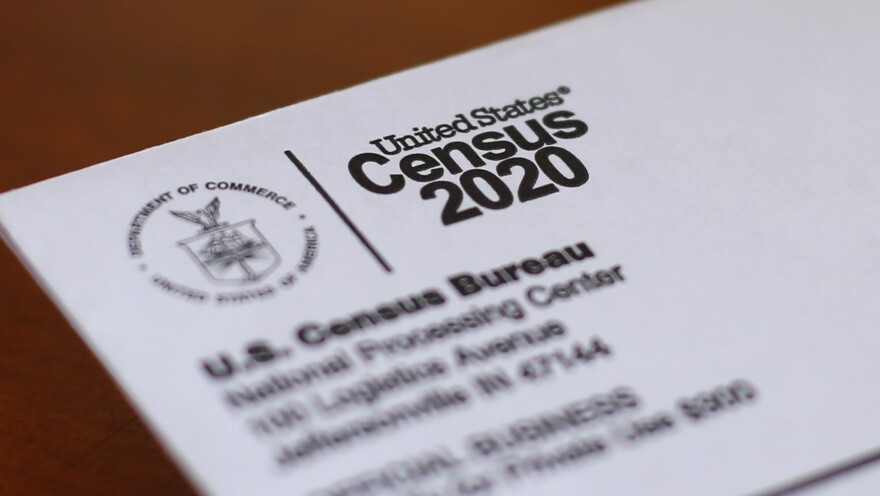Recent population estimates released by the U.S. Census Bureau show that in Ohio the number of people who list their race as Black, American Indian, Asian or two or more races is increasing, while the number of people listed as white only is decreasing.
The population data includes estimates from July 1, 2020, to July 1, 2022. During that time, the U.S. Census Bureau numbers for Ohio show a decrease of about 88,700 people who list their race as white only. That includes people who list their ethnicity as Hispanic.
The population of Ohio’s second-largest racial group, those who list themselves as Black only, increased by around 12,600.
The estimates also showed that the number of those who listed their race as “two or more” grew by about 17,000. That includes some individuals with one white parent.
National Trends
The Census Bureau indicated that similar national trends are due largely to births outpacing deaths among Blacks, American Indians and Native Hawaiians. Meanwhile, there were more deaths than births in the white population.
The Asian population was the fastest growing in the U.S. last year, mostly because of immigration.
Nationally, the white population didn’t decline, but that’s because of immigration. From 2021 to 2022, there were about 287,400 more deaths than births among those who identify as only white. But international migration brought about 446,000 white immigrants to the U.S., meaning the white population grew by about 158,600.
The U.S. Census Bureau’s immigration data accounts for non-U.S.-born and U.S.-born people coming to the country, which includes the armed forces and people coming from Puerto Rico. The Census Bureau categorizes the Middle Eastern and North African people as white.
Both nationally and in Ohio, the Hispanic population boomed. From 2021 to 2022, Ohio gained more than 17,000 Hispanic people. About 5,000 of those people were in Franklin County. Hispanic refers to ethnicity and those people can be of any race.
Central Ohio
Central Ohio’s trends are similar to the state as a whole. Looking at Franklin County, the number of people who list their race as just white decreased by close to 31,000 from July 2020 to July 2022. Meanwhile, Black and Asian populations grew.
The Ohio Department of Development’s 2023 Population Projections Report anticipates central Ohio’s overall population continuing to grow. It points, however, to a slow, sustained population loss in the state as a whole that was exacerbated by a spike in deaths during the COVID-19 pandemic. The population is also aging and people are having fewer children.
The Department of Development’s report doesn’t delve into race, but does look at migration into Ohio, including people coming from other U.S. states. It notes that the decade from 2010 to 2020 was the first time since the 1950s that Ohio had more people coming into the state than leaving it.
The Department of Development predicts that migration into the state will offset the natural decline in population a little, but that Ohio will ultimately lose around 675,000 people, or about 5.7% of its current population, by 2050.
The loss is not expected to have the same impact throughout the state. The Department of Development projects that Licking, Delaware and Union counties, as well as Warren County near Cincinnati, will see population growth of 17 to 53% by 2050. Franklin, Fairfield, Pickaway, Hamilton, and a few other counties, are expected to grow in the coming decades, too, though not by as much.


